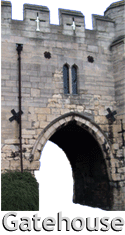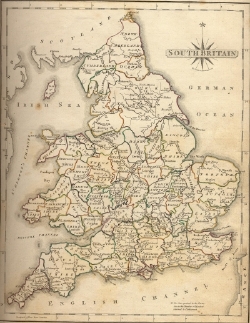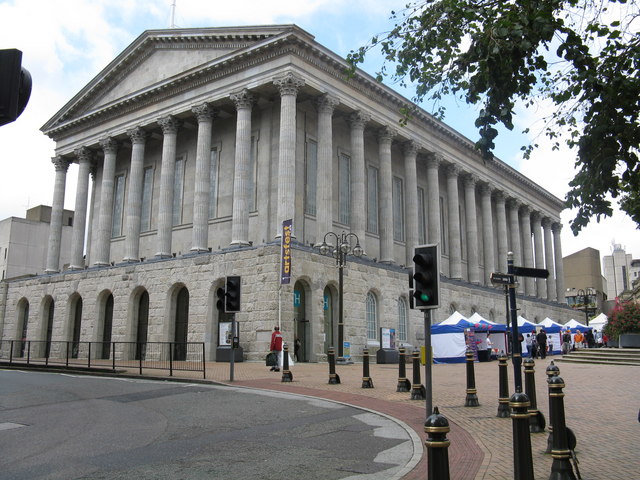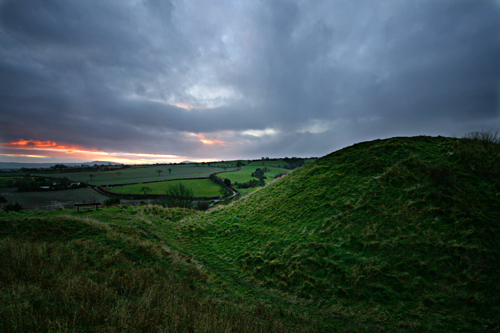Castle Pulverbatch, Shropshire. Photo by kind permission of
Julian Livsey
|
Acknowledgements
This project has been much assisted by the help and support of many kind and knowledgeable people.
Gatehouse thanks the many who have helped.
Disclaimer
While every reasonable effort has been made to ensure the accuracy of the data held within this web site and the associated downloadable databases, it must be appreciated that much of this data is compiled from secondary sources and that the information supplied may not be a full or reliable statement of the archaeology, history, etc.. Gatehouse and its author shall not be held liable in respect of any errors or omissions from the data provided.
If you use this site for something important you should check the sources cited and check the sources they have used. One of the intended main functions of Gatehouse is to reduce the burden for researchers in finding these cited references, not to do away with the requirement to check such sources. Please do inform Gatehouse of any errors you do find or to give any source missed.
The site contains much copyrighted material belonging to third parties used with permission on the bases that this site is not commercial and is provided as an educational resource or under the general principle of 'fair use'. Use of material from this web site for commercial purposes may breach copyright restrictions and result in prosecution. You will need to check all given sources to establish the actual copyright holder.
Search
In the Gatehouse web site are around 6000 individual pages for medieval fortified sites and another 1000 or so pages of historical references. Unfortunately it is not possibly to directly search for an individual site from within the web site (but the county and site indexes are useful). The site is pretty well indexed by Google and use of the Google search engine in the page header should produce full results but see the news page, or subscribe to the newsletter, for latest information as the Google updating of the changes to the site takes some time.
Gatehouse is not responsible for the advertisements on the Google results page and gains no revenue from these.
Be flexible with your searching, many sites have different names and variant spellings (particularly so in Wales), some 'castles' may well be in another category such as Tower House or Fortified Manor House. Note the Gatehouse lists are by historic counties as used by David Cathcart King in his seminal Castellarium Anglicanum (see Location Information for more detail). For more complex searches and research it is best to download the databases on which this site is based and put them into a database management program or spreadsheet. Gatehouse is intended as a support tool to aid research so please feel free to use it this way.
These databases contain much copyrighted material belonging to third parties used with permission on the bases that this site is not commercial and is providing an educational resource or under the general principle of 'fair use'. Use of material from these databases for commercial purposes may breach copyright restrictions and result in prosecution. You will need to check all given sources to establish the actual copyright holder.
Browser Compatibility
The latest version of Gatehouse (November 2016) is designed to comply with the CSS3 standard. This means the site is best viewed in Safari, Firefox, Chrome, Opera and other such browsers, at a window size of about 1000px width. It should work in other browsers, such as Explorer and older versions of the above but some design features, notably multicolumn text, will be missing. I have not tested the site with Microsoft Edge but presume it works on that browser. The author of Gatehouse is, by inclination a historian not a graphic or web designer and he does not have the resources to purchase the services of professional designers. Please do let Gatehouse know of any browser incompatibility problems or design faults and do feel free to give suggestions for design improvements.
The data rich content of most Gatehouse pages, and its intended function as a resource for people doing academic research, mean I consider it not a suitable site to use on a small screeen mobile phone. Making a mobile phone compatible form of Gatehouse would involve considerable effort and would produce a inferior and, mainly, worthless product. I do not intend to make a mobile phone compatabile version of the site. For those who wish to use Gatehouse in the field a laptop is recommended, although the site is usable on a larger screen tablet device.
Newsletter




